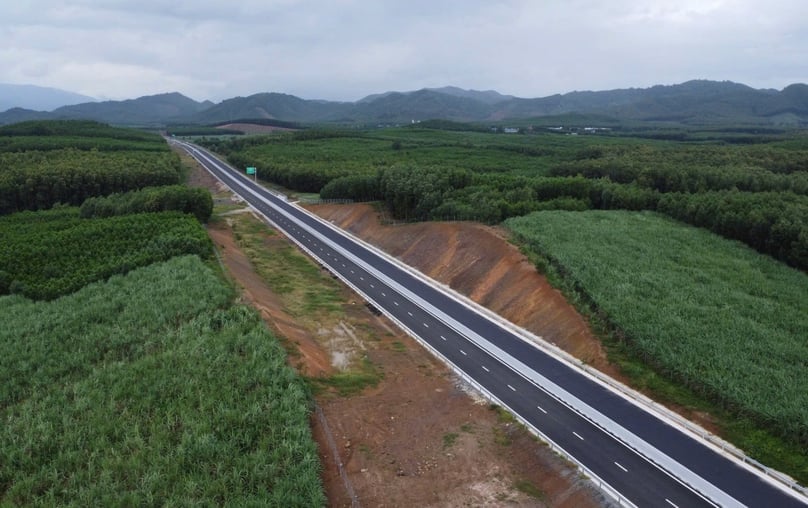Vietnam’s Public Investment Disbursement: Progress and Projections
Author: VNA
Date: Sun, September 7, 2025 | 10:53 am GMT+7
Vietnam has made noteworthy strides in public investment disbursement, reaching VND409.17 trillion (approximately $15.49 billion) by August 31, 2025. This figure constitutes 39.9% of the annual plan and 46.3% of the Prime Minister’s target, according to a report from the Ministry of Finance (MoF). This positive trend indicates significant improvements over the previous year, where the disbursement rates were recorded at 36.9% and 40.4% during the same period.
Enhancements in Local Budget Funding
A particularly encouraging aspect of the current fiscal year is the sharp increase in local budget-funded capital disbursement, which now stands at 58.3%. This marks an impressive jump of 18.3% year-on-year, signifying not just improved fiscal management but also a growing commitment to regional projects that enhance local infrastructure and boost economic development.
Goals for the Third Quarter
The Ministry of Finance aims to achieve at least 60% of the Prime Minister’s disbursement target by the end of the third quarter, with aspirations to reach full disbursement by the end of the year. Meeting these targets is pivotal for the country’s overall economic health, especially with GDP growth aspirations of at least 8% for 2025.
To facilitate this ambitious goal, the MoF has called upon various ministries and local governments to finalize detailed public investment disbursement plans by September 30. This initiative is crucial for ensuring timely capital allocation, monitoring potential issues proactively, and addressing any bottlenecks that may impede progress on key projects.
Performance Across Ministries and Localities
In an effort to highlight accountability and effectiveness, the report also sheds light on the performance of different governmental bodies. Nine ministries and central agencies, along with 22 provincial-level localities, have met or exceeded the national average disbursement rates. However, 29 central bodies and 12 localities have underperformed, prompting strategic adjustments to disbursement rates while excluding new allocations due to timing issues as some units received capital later in the year.
Challenges Ahead: Site Clearance
Despite these positive developments, significant hurdles still loom large. Site clearance remains the most substantial obstacle, creating delays in the execution of vital infrastructure projects. The Ministry of Finance has urged local leaders to take decisive actions to streamline processes, particularly for major national transport initiatives like the completion of at least 3,000 km of expressways and over 1,000 km of coastal roads. The Long Thanh International Airport project is also highlighted as a priority that requires urgent attention.
Focus on Key Regional Projects
Key regional projects demand enhanced financial commitment as well. Significant works like the Ninh Binh-Hai Phong Expressway, Ring Road 4 for the Hanoi Capital Region, and other major expressways in Ho Chi Minh City are crucial. The MoF has emphasized a collaborative approach among authorities and investors to expedite procedures and resolve any immediate challenges.
Fast-tracking ODA Projects
To ensure that Official Development Assistance (ODA) projects stay on track, authorities and investors are urged to expedite their procedures, adhere to established timelines, and address any obstacles swiftly. Provinces have also been reminded to improve revenue collection, particularly from land transactions, while aligning their practices with the Ministry’s Circular No. 37/2025/TT-BTC.
Economic Significance of Timely Disbursement
The MoF strongly asserts that meeting the public investment disbursement target for 2025 is essential for sustaining robust economic growth. As the clock ticks toward the end of the year, the collective efforts of government bodies and local authorities will play a pivotal role in not just achieving but perhaps exceeding these fiscal ambitions. Ensuring effective disbursement, therefore, isn’t just an administrative task—it’s a cornerstone of Vietnam’s economic strategy for the foreseeable future.

With a clear vision and actionable plans, Vietnam is poised to navigate the challenges of investment disbursement to propel its economic growth. As the year progresses, monitoring these efforts will be crucial in understanding the broader implications for the nation’s development trajectory.